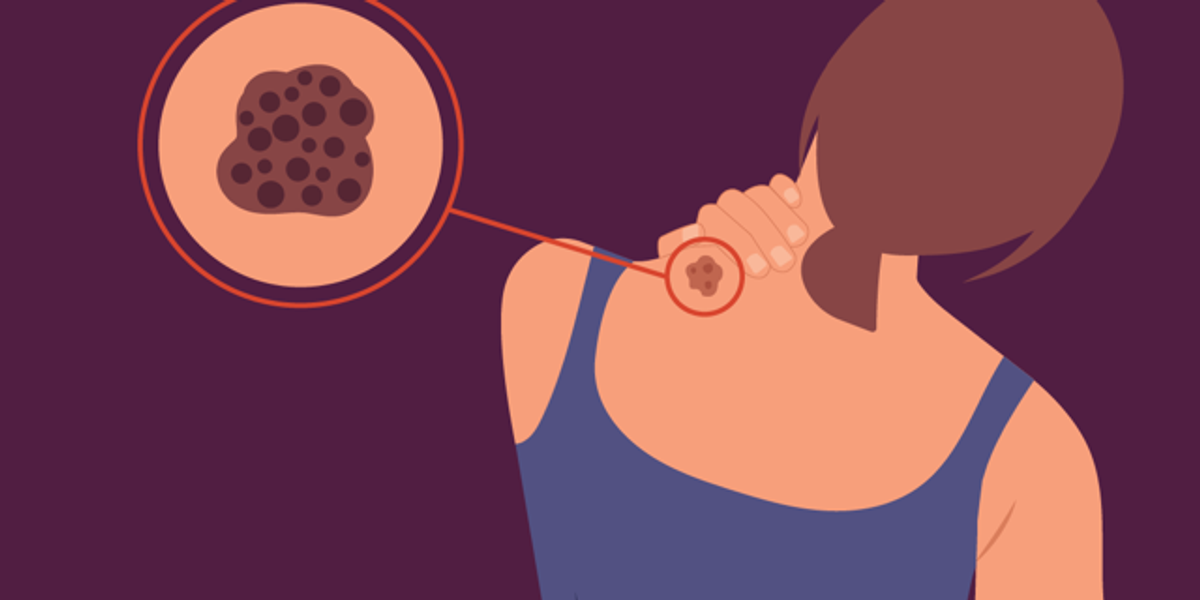New High Blood Pressure Guidelines Released: Key Updates
High blood pressure continues to be a leading health concern worldwide, so the release of the new 2025 guidelines by the American Heart Association (AHA) and American College of Cardiology (ACC) marks a pivotal moment for prevention and care.
Blood Pressure Measures Remain the Same in New Guidelines
The levels for normal, elevated, and high blood pressure—measured by using a blood pressure cuff device—remain the same:
- Normal blood pressure is less than 120/80 mm Hg
- Elevated blood pressure is 120-129/80 mm Hg
- High blood pressure is 130/80 mm Hg or higher
Key Updates from New Guidelines for High Blood Pressure
1. Same Blood Pressure Targets, Smarter Strategies
- The definitions for hypertension continue to align with the 2017 guideline.
- Treatment starts earlier—especially when lifestyle changes don’t work within 3–6 months. This can reduce long-term risks of heart disease, stroke, kidney damage, and cognitive decline.
2. PREVENT Risk Calculator: Personalized, Proactive Assessment
This new tool estimates a person’s 10- and 30-year risk for cardiovascular events by integrating BP, cholesterol, kidney metrics, and even social determinants like ZIP code. It’s a more holistic approach to guide early interventions.
3. Stronger Emphasis on Lifestyle Changes

Consistent with previous guidelines, the new update reinforces these foundational healthy habits:
- Lower sodium intake—aim for <2,300 mg/day, moving toward an ideal 1,500 mg/day.
- Limit or quit alcohol—totally avoid alcohol, or limit to 1 drink/day for women.
- Adopt the DASH diet—rich in fruits, vegetables, whole grains, legumes, lean protein, and low-fat dairy.
- Exercise regularly—75–150 minutes of moderate-intensity activity weekly.
- Achieve modest weight loss—losing at least 5% body weight can significantly improve BP.
- Manage stress—through yoga, meditation, deep breathing, and other relaxation techniques.
4. Updated Attention to Pregnancy & Postpartum Health
New guidelines underline the high risks of untreated hypertension during and after pregnancy, recommending:
- Tighter BP control during pregnancy (meds if >140/90 mmHg),
- Postpartum monitoring
- Low-dose aspirin to lower the risk of preeclampsia.
5. Better Diagnostics: Lab Tests You Should Know About
To diagnose and properly manage underlying causes of hypertension, the guidelines now advise:
- Urine albumin-to-creatinine ratio for all hypertensive patients (previously optional), and
- Aldosterone-to-renin ratio screening, especially in those with sleep apnea or stage 2 hypertension, can catch primary aldosteronism early.
6. Medication Sooner — Especially for High-Risk Groups
- Medication should begin earlier if lifestyle changes don’t help within 3–6 months.
- For people with additional risks (e.g., diabetes, CKD, high PREVENT score), meds may be recommended immediately.
The updated guidelines are designed to support health care professionals — from primary care teams to specialists, and to all clinicians across health systems — with the diagnosis and care of people with high blood pressure. It also empowers patients with practical tools that can support their individual health needs as they manage their blood pressure, whether through lifestyle changes, medications, or both.
For more visit: https://www.ahajournals.org/
Disclaimer
The Content is not intended to be a substitute for professional medical advice, diagnosis, or treatment. Always seek the advice of your physician or other qualified health provider with any questions you may have regarding a medical condition.
Source link
Share this article:












